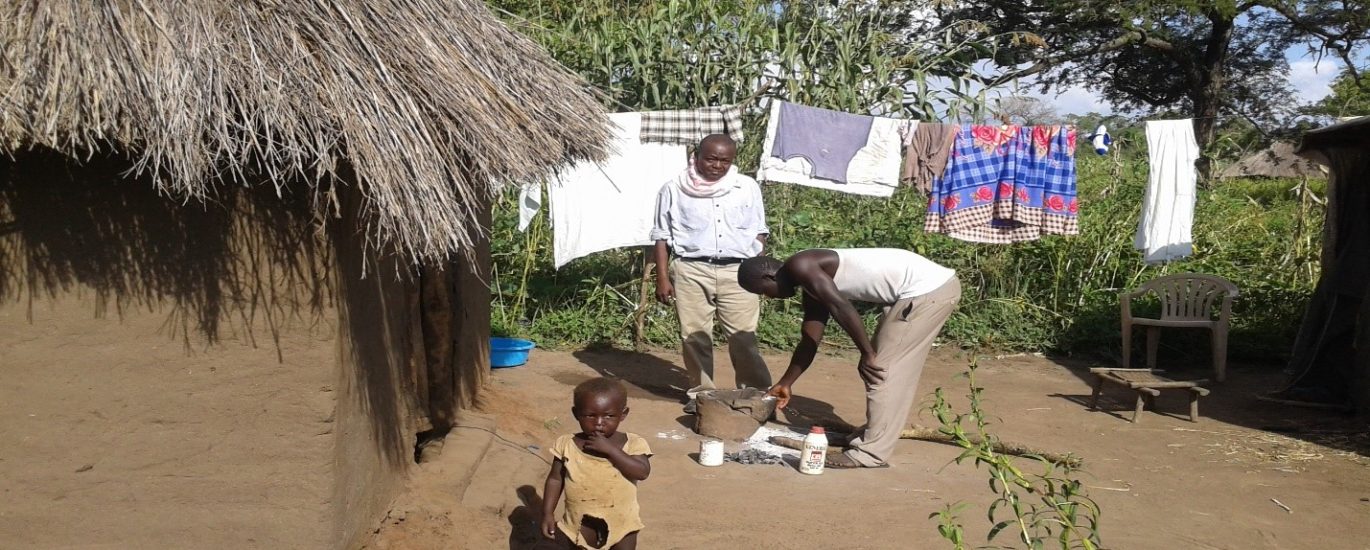Uganda’s environment has been undergoing rapid change as documented in the environment report in 1994. By 2005, the rate of deforestation had increased from 1.76 per cent per annum, in 2000, to an unprecedented rate of 2.13 per cent, a 21.2 per cent increase (FAO 2007, UNEP 2006). Land degradation is also severe.
For instance, according to Yaron and Moyini (2003), the country loses about 11 per cent of its Gross National Income per annum as a result of excessive soil erosion alone. Pollution of lakes and river systems continues unabated. Recent estimates indicate that more than 7 per cent of the original wetland area in Uganda has been converted to other land uses (UBOS 1999). This has resulted in loss of biodiversity, especially for species that thrive or breed in wetlands.
A number of factors “drivers” influence the severity and direction of environmental change, and the impacts of such change on ecosystem functioning, and health, and well-being of people.
Goal
- Reduced morbidity, mortality and poor social -economic status due to WASH related disease and risks.
- Enhanced environmental conservation and sustainable energy solution for Refugees and host communities in districts of focus.
Strategic Objectives
- To increase access and utilization to safe water sources.
- To improve usage of safe hygiene practices including latrine, face and hand washing.
- To reduce environmental degradation associated with human activities
Outcome
- Increase access and utilization to safe water sources
- Improved usage of safe hygiene practices including latrine, face and hand washing
- Reduced environmental degradation associated with human activities



